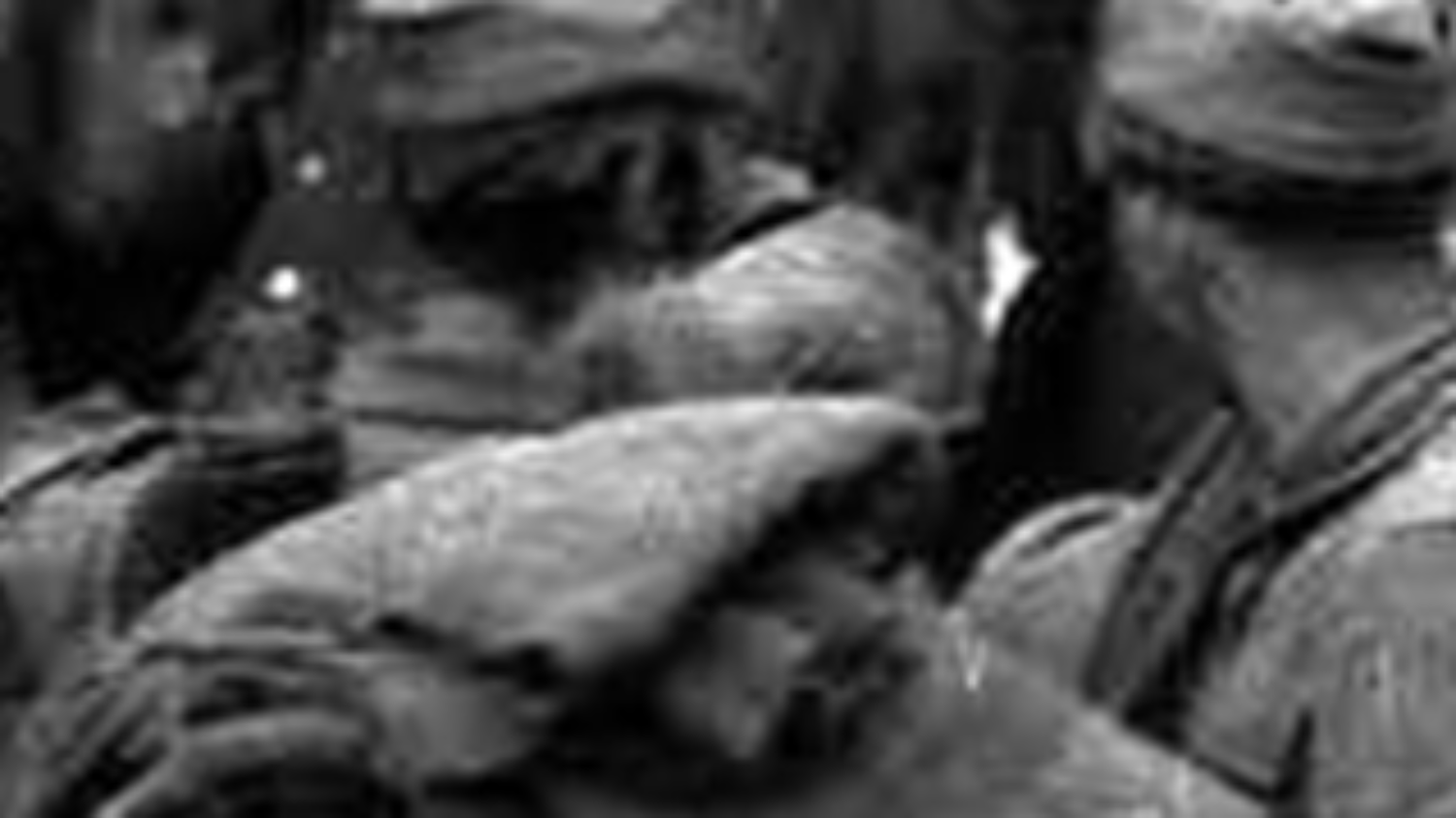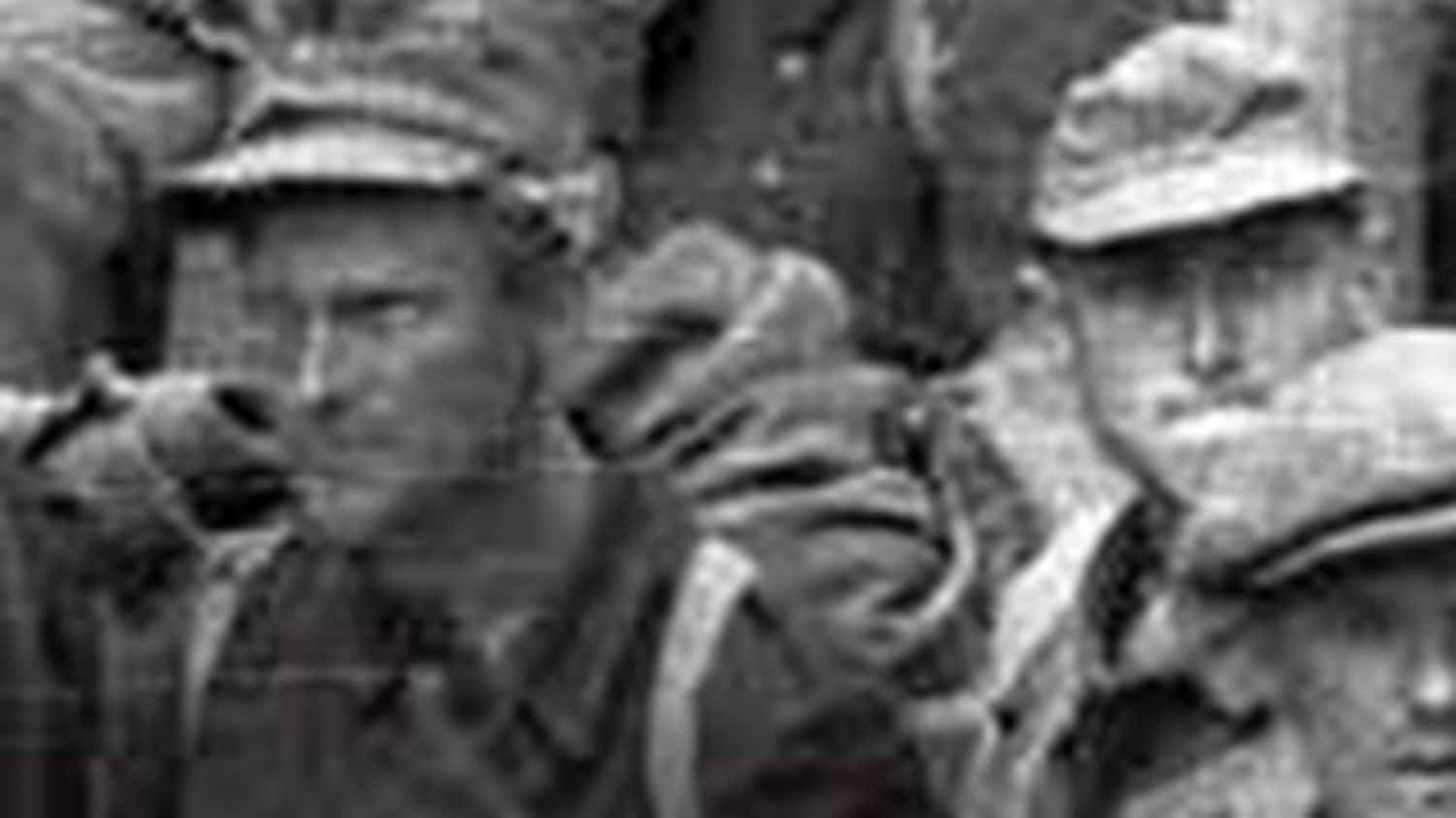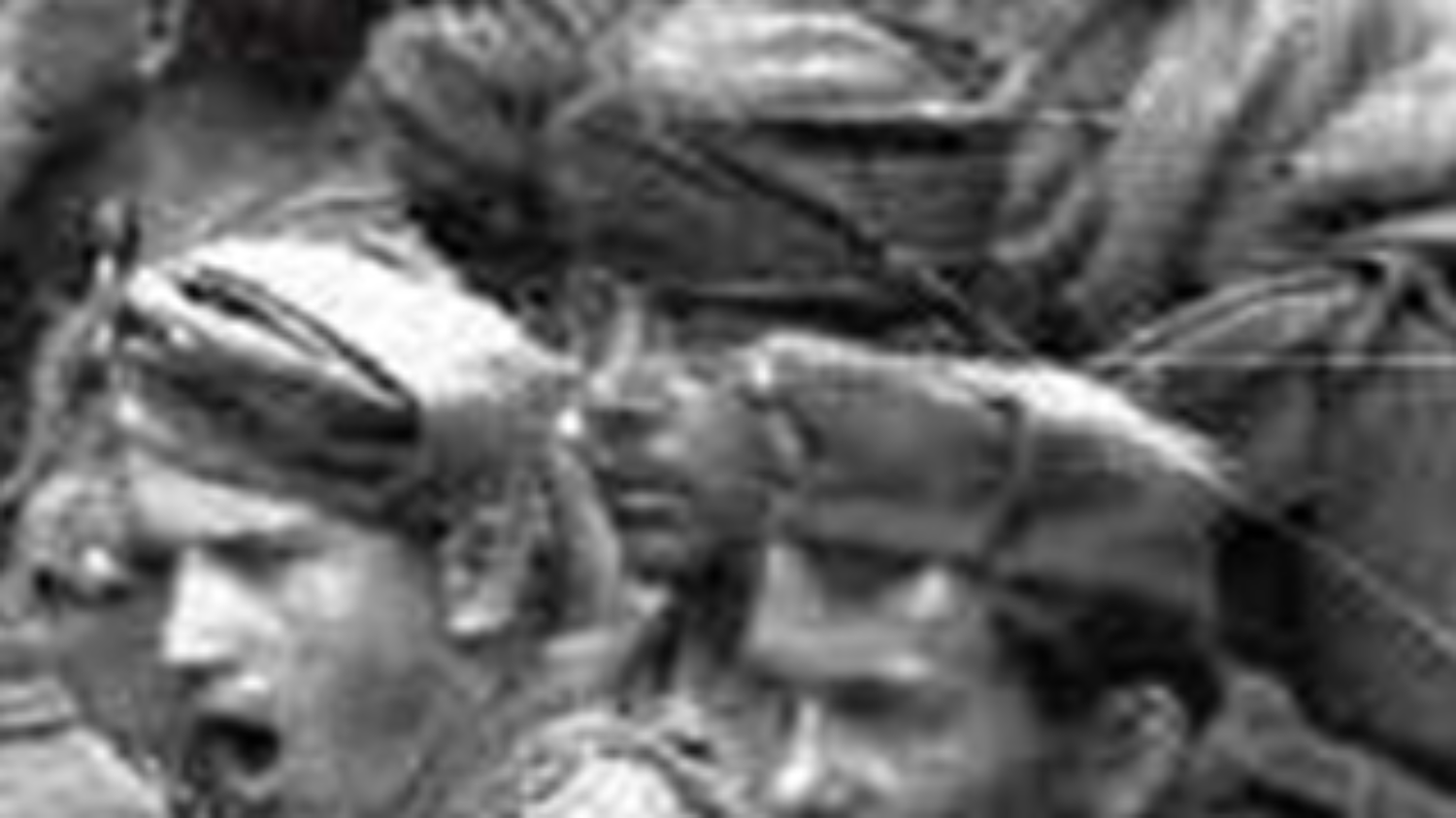NDH, 10 April 1941 – May 1945
![]()
Following the accession of the Kingdom of Yugoslavia to the Tripartite Pact of Germany, Italy, and Japan, there were mass protests in Belgrade, followed by a coup d’état (27 March 1941). Dissatisfied with this turn of events, which disrupted his plans to invade the USSR, Adolf Hitler issued an order to attack Yugoslavia, which began on 6 April 1941. On the eve of the attack, Hitler agreed with his ally Benito Mussolini that a portion of the conquered kingdom’s territory would be used to establish a puppet state, which would be strongly dependent, despite its proclaimed independence, precisely on the Third Reich and fascist Italy.
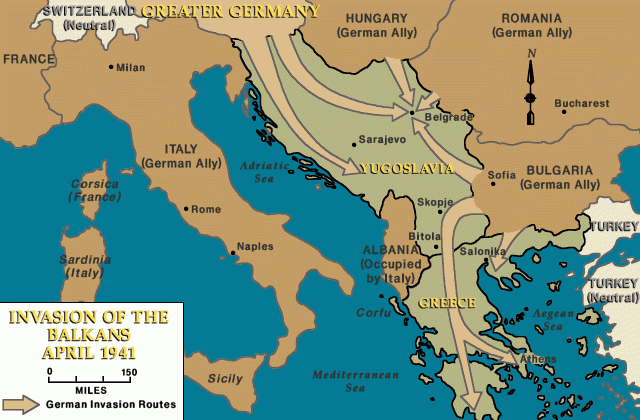
Source: U.S. Holocaust Memorial Museum
![]()
Accordingly, on 10 April 1941, the territories of today’s Croatia and Bosnia and Herzegovina were incorporated into the newly established Independent State of Croatia (NDH). Hitler and Mussolini installed the Ustaše movement to rule the new state, a Croat nationalist and separatist organisation led by Ante Pavelić, who had attracted the attention of the European public by organising the assassination of King Alexander of Yugoslavia in Marseille in 1934. Immediately upon assuming power, the Ustaše regime set out to construct a society that declared the Serbs, Jews, and Roma people ethnically, racially, and religiously undesirable. These social groups were subjected to brutal repression, including various kinds of restrictions, persecution, detention in concentration camps, and mass murder.
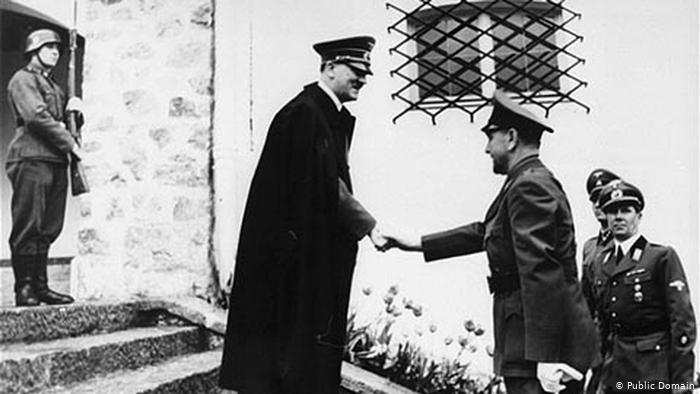
Ante Pavelić in a visit to Adolf Hitler, 7 June 1941
![]()
Toward the end of June 1941, the territory of the NDH witnessed the emergence of an antifascist partisan movement, which would increasingly gain in strength in the ensuing years, especially following the capitulation of Italy in 1943, when the population of Dalmatia joined the movement en masse. The goal of the Partisan movement, led by Josip Broz Tito, secretary general of the Communist Party of Yugoslavia, was to drive the occupying forces and their collaborators out of the country and then create a new Yugoslav state based on communist principles. Following the liberation of Belgrade in late 1944, the Partisan army, renamed the Yugoslav Army (Jugoslavenska armija, JA) in March 1945, set out to liberate the rest of the country. During spring 1945 the territory controlled by the Ustaše regime kept shrinking by the day. Another consequence of the continuing advance of Yugoslav Army units was a steady increase in the number of refugees who were, out of fear of the communists, leaving their homes and fleeing toward Zagreb. In late April 1945, as World War II was evidently drawing to an end, the main problem facing the military and political leadership of the NDH had come down to the following dilemma: defend the capital or just leave?
Follow us
Connect with us on social networks
